The 18th
LaureateTheatre/ Film
Maya Plisetskaya
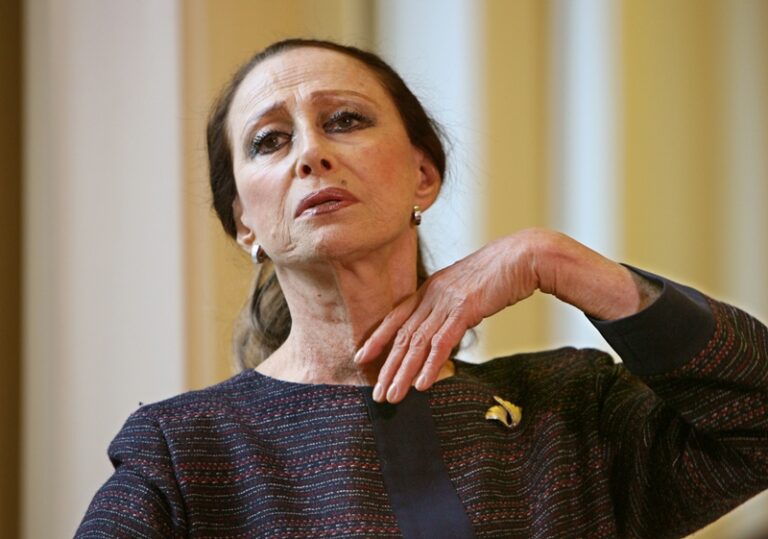
Russian ballerina and former prima of the Bolshoi Ballet,Maya Plisetskaya is often described as the greatest ballerina of the 20th century. She was born into an artistic family but tragically,under Stalin,her father was accused of political crimes and was executed,and her mother was exiled. She graduated from the Bolshoi School of Ballet and became a soloist there in the difficult period when Russia was under attack in the Second World War. She immediately became a star and it has been said that there is not a major stage in the world where she has not danced the leading role. Her reputation was further established by her interpretation of the classical The Dying Swan role,though she increasingly chose to dance new "anti-Soviet" pieces such as Carmen Suite and Bolero by Maurice Béjart. As a result,for many of years,she was put under 24-hour surveillance by KGB and was not permitted to tour abroad despite her prima donna status. She was able to bear the political oppression because of her husband and composer Rodion Shchedrin’s support. She has starred in and received critical acclaim in ballets such as Anna Karenina,The Seagull and The Lady with the Lapdog,utilizing her husband’s music and her choreography,breathing fresh life into the world of performing arts. She spends much of her time involved with the education of the young.
Biography
Russian ballerina and former prima donna of the Bolshoi Ballet,Maya Plisetskaya is often described as the greatest ballerina of the 20th century. She was born in Moscow into a family of prominent Jewish artists. She went to school in Spitzbergen,where her father worked as an engineer. In 1938 he was executed during the Stalinist purges,while her mother,a silent film actress,was deported to Kazakhstan. Maya was adopted by her aunt,the ballerina Sulamith Messerer,who in 1960 founded the Tokyo Ballet. Maya studied under the great ballerina Elizaveta Gerdt and first performed at the Bolshoi Theater when she was just 11 years old. In 1943 she graduated from the choreographic school and joined the Bolshoi Ballet,where she would perform until 1990.
Her most acclaimed roles include Odette-Odilia in Swan Lake and Aurora in Sleeping Beauty. Plisetskaya has starred in and received critical acclaim in ballets such as Anna Karenina,The Seagull and The Lady with the Lapdog,combining her husband and composer Rodion Shchedrin’s music and her choreography to breathe fresh life into the world of performing arts. In the Soviet screen version of Anna Karenina,she played Princess Tverskaya. In 1971 her husband wrote a ballet on the same subject,where she would play the leading role. Anna Karenina was also her first attempt at choreography. She increasingly though chose to dance new "anti-Soviet" pieces such as Carmen Suite and Bolero by Maurice Béjart,and as a result was put under 24-hour surveillance by KGB and not permitted to tour abroad for many years. She was supported through this by her husband. In 1973 Roland Petit composed La Rose Malade for her and some years later Maurice Béjart wrote Isadora. She has directed the Opera Ballet of Rome and between 1987 and 1990 was director of Spain’s National Lyric Ballet Company.
Maya Plisetskaya embodies the greatest tradition of Russian ballet. Her prodigious technique and her ability to breathe life into traditional choreographies and to invent new ones have placed her at the forefront of the evolution of modern ballet. Equally important for younger generations of dancers has been her activity as a teacher and directress of corps de ballet. She currently spends much of her time involved with the education of the young.
Chronology
-
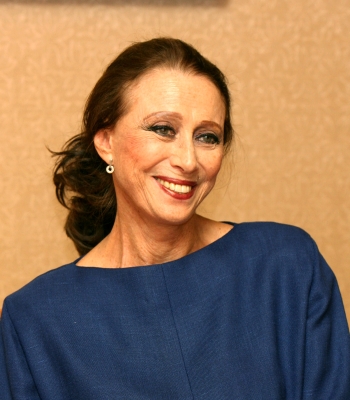
©The Sankei Shimbun 2006
-
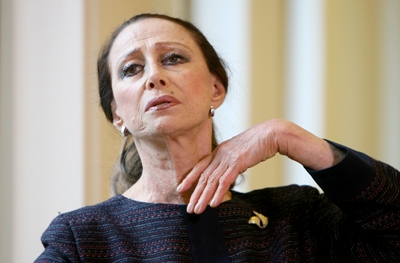
At a rehearsal room in Munich
-
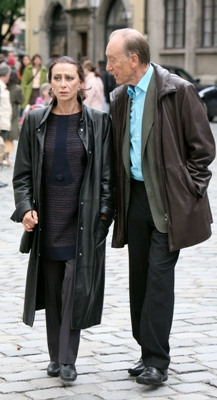
Maya Plisetskaya with her husband and composer Rodion Shchedrin in Munich
-
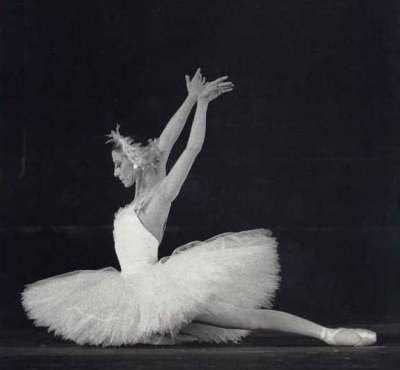
The Dying Swan, 1943
-
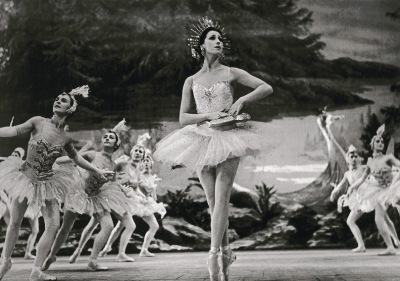
The Hump-Backed Horse, 1961/62
-
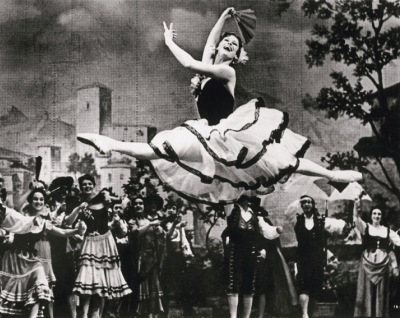
Don Quixote, 1964

